Lorem fistrum por la gloria de mi madre esse jarl aliqua llevame al sircoo. De la pradera ullamco qué dise usteer está la cosa muy malar.
Lorem fistrum por la gloria de mi madre esse jarl aliqua llevame al sircoo. De la pradera ullamco qué dise usteer está la cosa muy malar.
Túmbenlo! (Tear it down), work in progress since 2010
Túmbenlo is a video installation project that reflects on the necessary process of deco-lonization in today’s Cuban society, and proposes a historical revision regarding the origins of racial prejudice in Cuba. The project is inspired by the public demand to tear down the statue of José Miguel Gómez, second president of the republic of Cuba and responsible for the massacre in 1912 of the first independence party of men of color.
This claim is also the main theme of the song «Calle G», by the Cuban rap duet «Obsesión», where the choir is Túmbenlo (tear down the statue of José M.G)I am therefore interested in created an expanded sculpture, which would function as both a sculpted object and a space for reflection, by tacking up the rappers’ political argument in this way and legitimizing it in an artistic context.
A wooden platform would be built to represent the whole monument containing the statue of Jose Miguel Gomez that we want to tear down.
The project will also feature a series of films, including the performance of Cuban rapper El Tipo Este, from the duet Obsesión, as well as interviews with different intellectuals related to these issues in Cuba. On the other hand I am interested in including the production of a replica of the JMG statue in plaster, which will be included in the documentary and will also be displayed lying on the floor of the exhibition space.
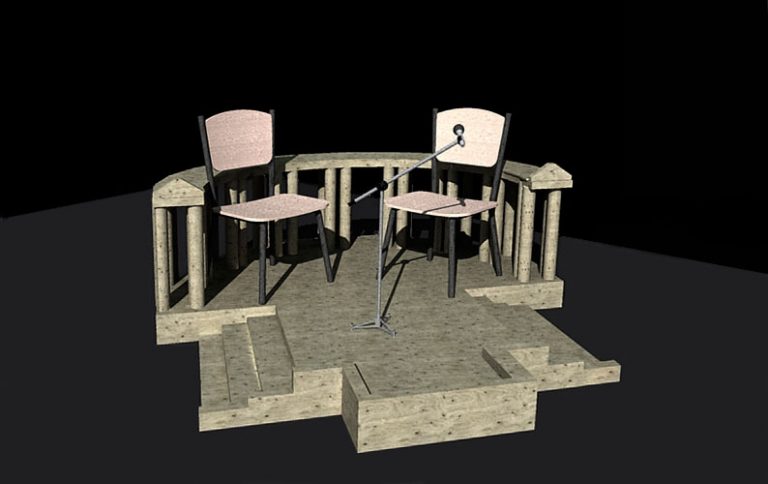

The Partido Independiente de Color (PIC)
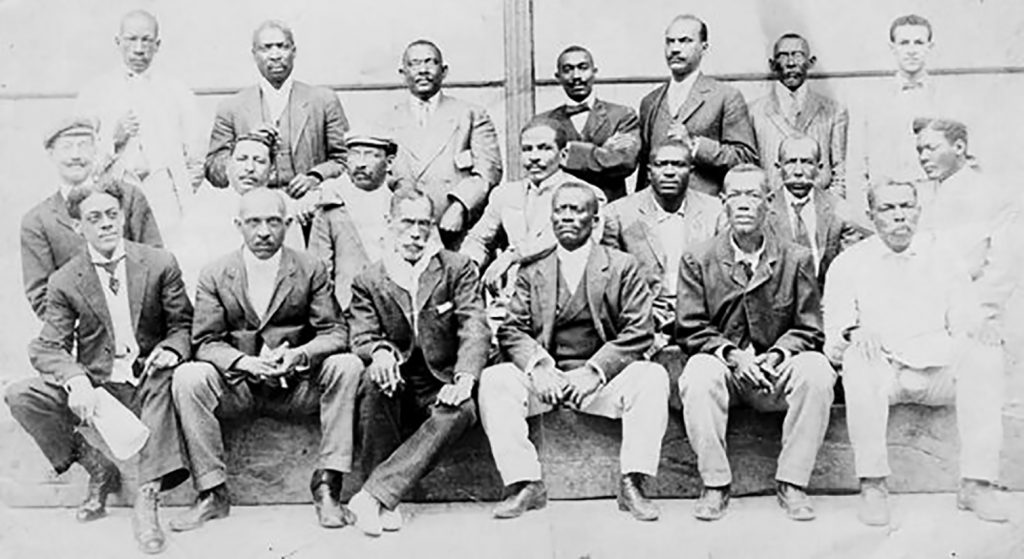
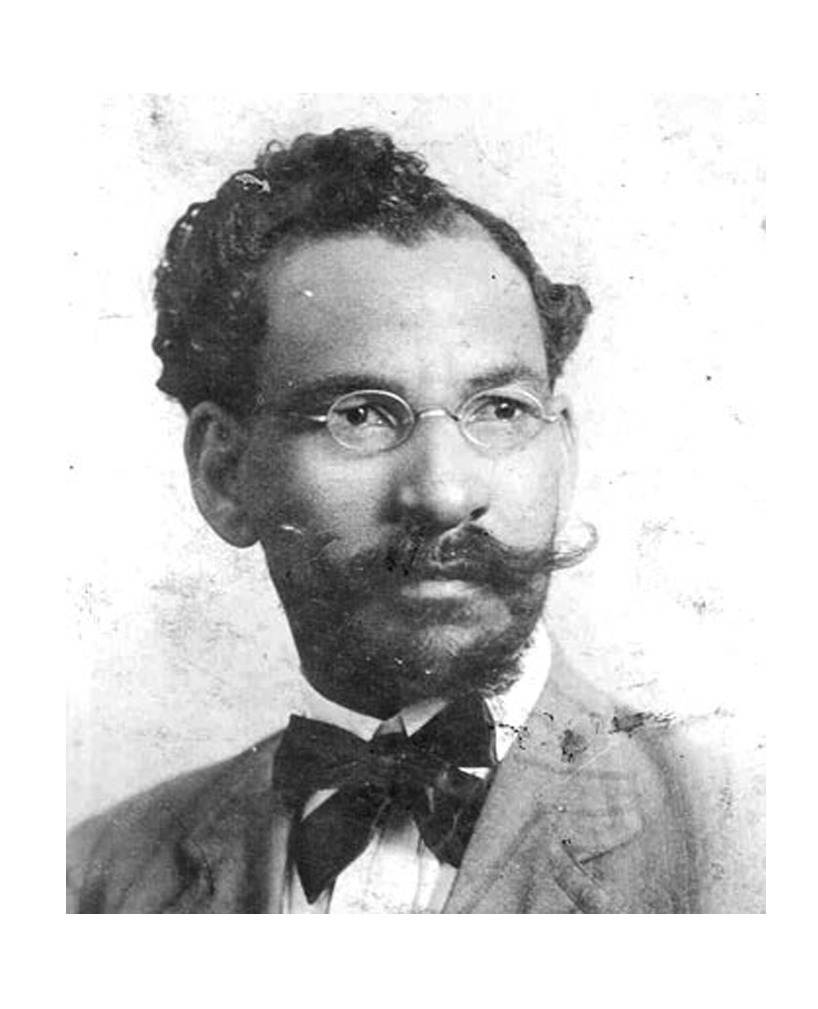
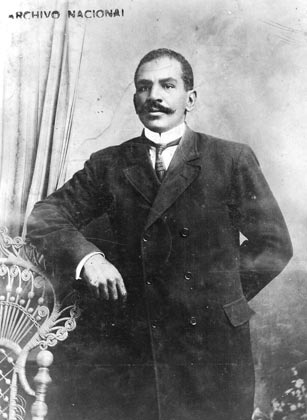
Up until August, 2008, there were no monuments to the Independents of Color. In 2008, the Comisión Organizadora del Centenario put together a plaque to commemorate the founding of the party in 1908. The silence imposed on 1912 was highly effective. There is a very large statue of President José Miguel Gomez on Avenida de los Presidentes, la Habana. He was president in 1912 and ordered the massacre.
In Guantanamo, there is a bust of Martin Morua Delgado, who betrayed his fellow AfroCubans by proposing the Morua Amendment to outlaw the Independents of Color.
Former Minister of Culture Armando Hart has transformed the house of Marti’s son, José Francisco Martí y Zayas-Bazán, into the seat of a Centro de Estudios Marti. Francisco Marti headed a group of vigilante volunteers on a murderous rampage against the Independents of Color.
Pedro A. Perez the mayor of Guantanamo who ordered the liquidation of numerous AfroCubans, has a street and a park named after him in Guantanamo and there is also a statue honoring him. The black community there is aware of his history but party leaders continue to glorify him.
Source of this information: http://www.afrocubaweb.com/photopages/independentsfoto.html
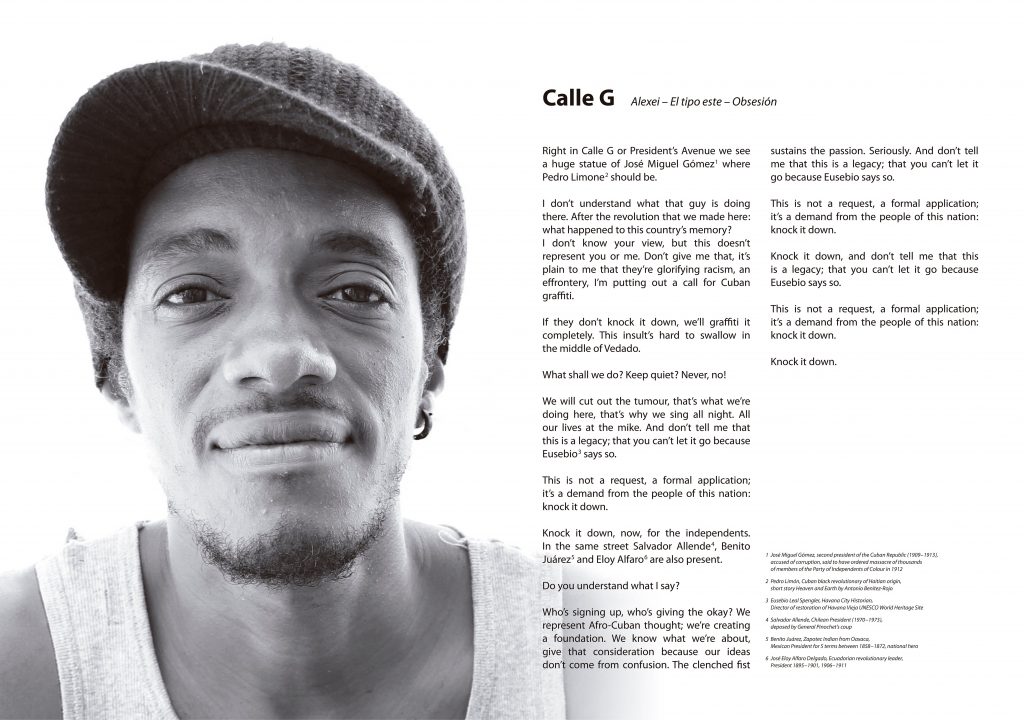
Un proceso de deconstrucción de la colonialidad es un proceso sumamente doloroso, y es doloroso para la sociedad en su conjunto. Pero si no deconstruimos la colonialidad, no puede haber una nación nueva. Y esa es la función de la revolución. Y estamos hablando de la de colonialidad en el sentido estético. Que es un nivel de información del cual siempre no tenemos conciencia. Entonces en esa búsqueda de la nueva conciencia cada vez mas revolucionaria, cada vez mas transformadora, cada vez mas cubana, tiene que haber ese proceso doloroso, porque sin ese proceso doloroso no hay sanación.
Yo creo que derribar la estatua podría tener un valor simbólico, porque de todas maneras la mayoría de los cubanos que pasan cerca del monumento no tiene idea de quien fue José Miguel Gómez.
Es decir, no estamos hablando de la escuela de Letras y de las personas ilustradas. Para la población es una cosa mas, Pero es una cosa simbólica, por ejemplo, la revolución derribo el águila que estaba en el Maine, y esa ruptura de tumbar el águila tuvo una significación política, es decir, ya no éramos dependientes de los EEUU
Entonces en este caso José Miguel Gómez representa una figura que no solo fue un anticubano, sino que fue un aliado de los EEUU, para resolver los problemas de un gobierno que si fue la República con determinados problemas, pero era una república que no era plena, porque la cubanía no era plena en ese monumento.
Entonces, lo simbólico siempre va a ser una cosa cuestionada, eso no es lo importante, lo importante es como nosotros sentimos que podemos en este momento, aprovechando esta oportunidad, empezar a trabajar en Cuba por la decolonialidad. Romper la decolonialidad que esta en todo.
La ruptura es el pensamiento colonial, la ruptura no es un hecho físico, la ruptura es pensar que hemos vivido en un espacio 500 siglos de colonialidad, donde había una cultura dominante, y no se trata de votar la cultura dominante, se trata sencillamente de reivindicar la otra, que no esta visible. La ruptura es esa, la ruptura no es borrar el pasado, La ruptura es no seguir siendo dependientes de una cultura que solo privilegia a un grupo de personas. Para en el futuro ser mejores seres humanos. No es un problemas de negros y blancos, es un problema de la sociedad.
The statue of José Miguel Gomez, second President of the Republic of Cuba (1900-1913), the man who order to killed and crushed the first Independent Party of Color in Cuba; is still part of a Big Monument Park on ones of the most downtown street in Havana. Paradoxically, the park where this statue stands was declared a National Heritage site by Cuban government.
José Miguel Gómez

José Miguel Gómez, second president of the Cuban Republic (1909-1913), accused of corruption, said to have ordered massacre of thousands of members of the Party of Independents of Color in 1912
In 1912, the Cuban army massacred thousands of AfroCubans in what became known as «El Doce,» «the Twelve,» and the «Guerrita de Raza,» the «Little Race War.» Many of those murdered, but by no means all, were members of the hemisphere’s first black political party outside Haiti: The Party of the Independents of Color (PIC). These were largely made up of veterans of the Mambi Army, the Cuban Army of Liberation that defeated the Spanish in two Wars of Liberation (1868-1878 and 1895-1898).
June 3, 1912. President Gómez asks Congress for the right to declare martial law. The request is granted on June 5.
July 18, 1912. After many Afro-Cubans are killed, the so-called «Race War» ends.
May 20, 1913. Gómez’ presidential term comes to an end.
According to Aline Helg (Our Rightful Share, p225), the Cuban Government at the time put the figure at 2,000 while American citizens in Oriente put it at 5,000 to 6,000 and an Independiente, Guillermo Lara, spoke of 5,000. According to Maritza Elias, professor of history in La Maya, Oriente, that town alone saw 3,000 executed.